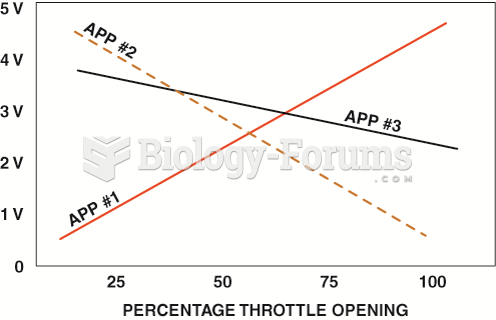Answer to Question 1
ANSWER: A hurricane is an intense storm of tropical origin, with sustained winds of at least 64 knots (74 mi/hr) and with considerably higher gusts, that forms over the warm northern Atlantic and eastern North Pacific oceans. On average, a hurricanes thickest clouds cover an area of approximately 500 km (310 mi) in diameter. The relatively clear area at the center is the eye. The eye is around 40 km (25 mi) wide. Within the eye, winds are light and clouds are mainly broken. The surface air pressure is very low, around 955 mb (28.20 in). Clouds align themselves into spiraling bands (called spiral rain bands) that swirl in toward the storms center, where they wrap themselves around the eye. Surface winds increase in speed as they blow counterclockwise and inward toward this center. (In the Southern Hemisphere, the winds blow clockwise around the center.) Adjacent to the eye is the eyewall, a ring of intense thunderstorms that whirl around the storms center and may extend upward to almost 18 km (59,000 ft) above sea level. Within the eyewall, we find the heaviest precipitation and the strongest winds, which are on the order of 105 knots (121 mi/hr), with peak gusts of around 120 knots (138 mi/hr). As we approach the hurricane from the west, the sky becomes overcast with cirrostratus clouds; barometric pressure drops slowly at first, then more rapidly as we move closer to the center. The high winds, which generate huge waves over 10 m (33 ft) high, are accompanied by heavy rainshowers. As we move into the eye, the winds slacken, rainfall ceases, and the sky brightens, as middle and high clouds appear overhead. The atmospheric pressure is now at its lowest point (965 mb), some 50 mb lower than the pressure measured on the outskirts of the storm. The brief respite ends as we enter the eastern region of the eyewall. Here, we are greeted by heavy rain and strong southerly winds. As we move away from the eyewall, the pressure rises, the winds diminish, the heavy rain lets up, and eventually the sky begins to clear.
Answer to Question 2
ANSWER: Hurricanes form over tropical waters where the winds are light, the humidity is high in a deep layer extending up through the troposphere, and the surface water temperature is warm, typically 26.5 degrees Celsius (80 degrees Fahrenheit) or greater, over a vast area. These conditions usually prevail over the tropical and subtropical North Atlantic and Northeast Pacific oceans during the summer and early fall. The official hurricane season extends from May 15 to November 30 in the Northeast Pacific and from June 1 to November 30 in the North Atlantic, although a few tropical storms and hurricanes have formed outside these dates. In general, hurricane activity picks up in August, peaks in September, then drops off rapidly.







